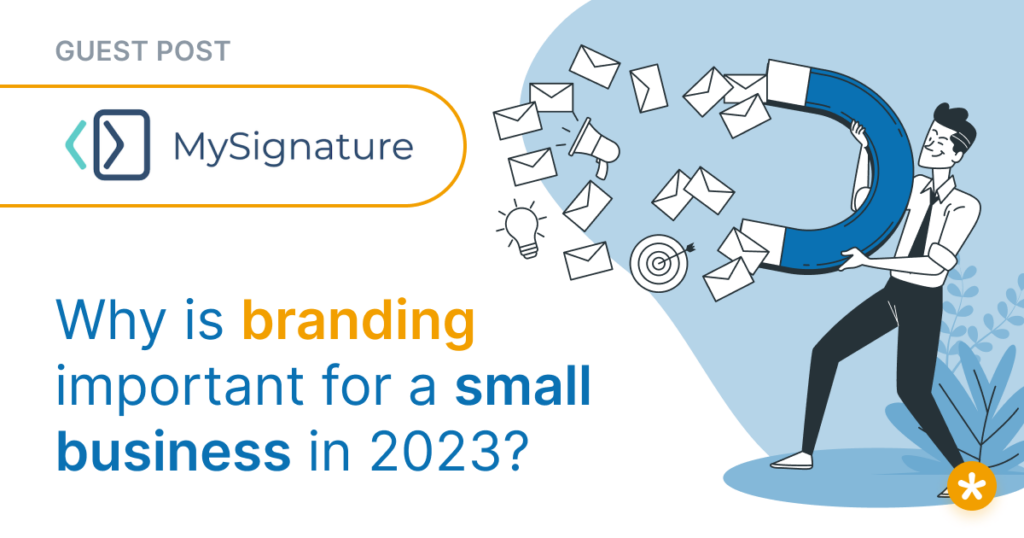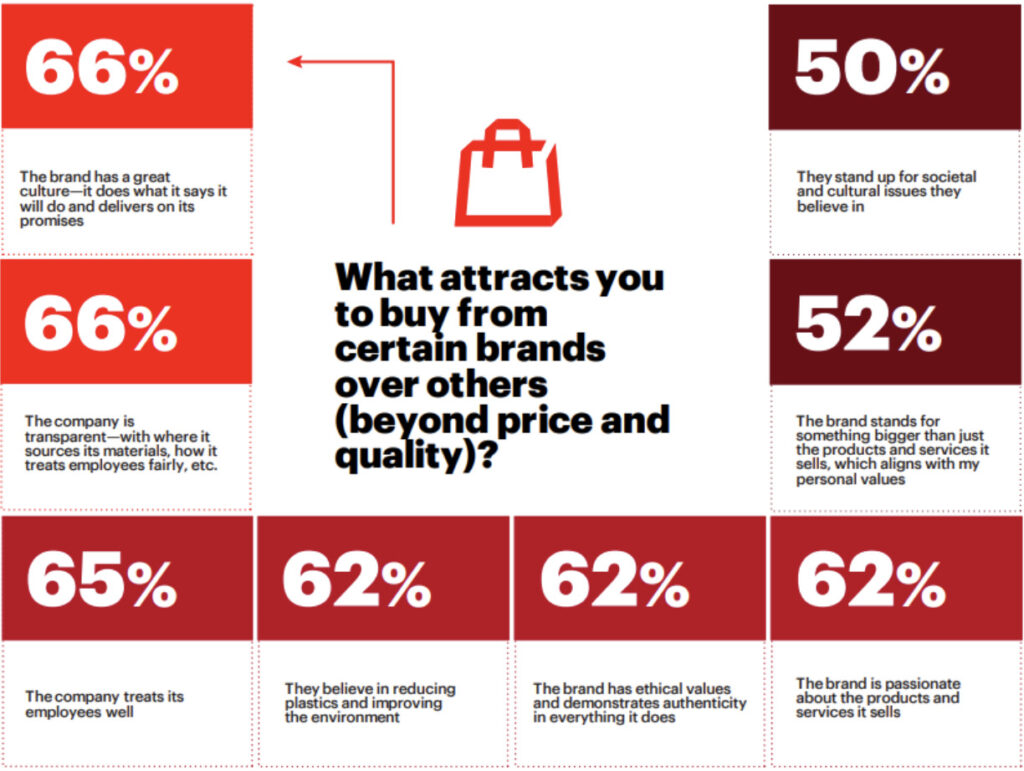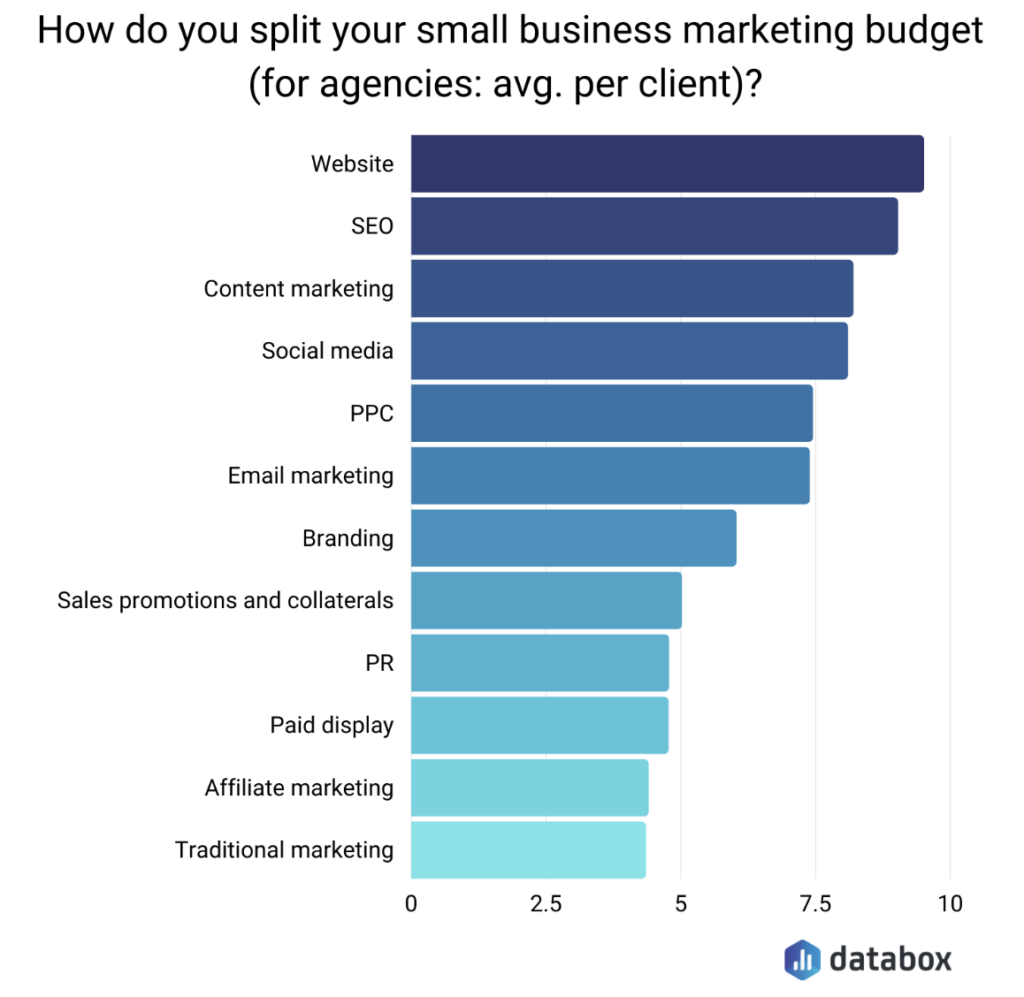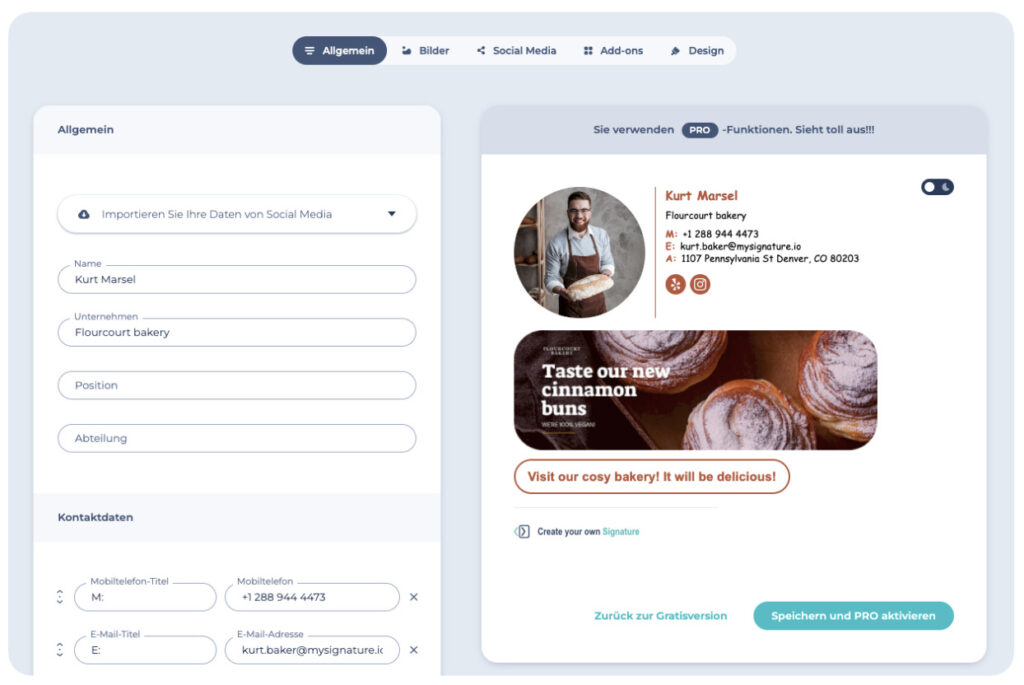
*Guest post by MySignature
In 2023, the world is in an economic crisis and businesses of all sizes are struggling to stay afloat. In such a difficult environment, it’s more important than ever for small businesses to have a strong brand.
Table of contents
A well-defined brand can help a small business stand out in a crowded marketplace, build customer loyalty, establish credibility and provide a sense of stability, which can be critical to survival during an economic crisis. According to Accenture, 66% of consumers say a brand’s culture and transparency are incentives for them to buy from a particular brand, and 62% want companies to champion the issues they care about. This shows the importance of strong branding.

Your brand has the potential to say a lot about the following aspects of your business:
- Products or services
- Customer relations
- Employee relations
- Promises
- Values
- Social goals
Take Nike, for example, a brand that uses its strong brand identity in all its marketing strategies. Nike’s brand recognition goes beyond its iconic logo. Most consumers also immediately recognize the short and meaningful tagline, “Just do it.” When you understand how all of these elements create a unified experience, you can build an exceptional brand identity.
3 of the most common branding myths
In the early stages of building your brand identity, you’re likely to encounter some brand myths. Unfortunately, many entrepreneurs believe these myths and, as a result, harm their business in the long run.
Below, we’ll debunk three big branding myths:
Branding myth #1: Branding is only important when the company is growing
Don’t underestimate how important your company’s branding is. Branding can account for anywhere from 30 to nearly 50 percent of a company’s value. Good branding makes your product or service something unique that you offer to your target audience.
In other words, branding is not only important, but crucial at every stage of your business. You need to present your brand in an appealing way to capture people’s attention. Just because you’ve built a brand doesn’t mean your target audience is interested in it. You need to convey the value of the brand and show what problems it solves. If you simply present a passionate idea to the world without investing in your brand, consumers will form their own opinion of your company.
Branding myth #2: I can’t afford it
Branding is not an expense. It’s an investment in an asset. It’s potentially your greatest asset, even if people don’t agree on exactly how to value it. Brand equity includes components such as awareness, associated attributes and loyalty. While these intangibles are difficult to value, that doesn’t mean you can’t or shouldn’t invest in this important asset.

This leads to the next logical question: How much should you budget for this investment? Our rule of thumb is to spend 12-15% or more of an initial investment on your branding. You can then spend that amount on a branding strategist, graphic and web designers, copywriters, marketing experts, social media experts, and similar experts.
Branding myth #3: Branding is too complicated for my company
Some people surprisingly believe that branding complicates things, when in fact it’s more complicated not to invest in branding.
Invest in your brand strategy, no matter how “simple” you think your company is. Organize. Identify your story. Work on it until it’s clear, coherent and repeatable. It’s less complicated to make future decisions based on branding guidelines than it is to change your story every time you launch an ad campaign or email funnel.
The 7 steps of brand development
The steps described above provide a comprehensive overview of the brand development process. You will find that certain steps are easier to accomplish if you enlist the help of people outside your core team. Talking to existing customers, for example, can help you determine your target audience. And a professional graphic designer is often essential when it comes to creating a strong visual identity.
1. Define the purpose of your brand
This first step in the brand development process may seem simple, but it’s a good idea to take some time to think more carefully about your brand’s purpose. Ask yourself the following questions:
- What problems are solved by my products or services?
- What makes my brand unique?
- Why should my customers care about my brand?
- How is the company mission reflected in the purpose of my brand?
- Does my brand’s purpose support the specific brand promises I make?
Thinking about your brand’s purpose will give you the insights you need to know how your brand can connect with your customers, which will help you with brand development.
2. Examine the brands of your competitors
Why waste time studying your competitors’ brands? If you analyze your competitors’ brands, you will learn how they position the brands and what brand strategies they use. You will also gain more information about their target audience and how they respond to your competitors’ branding and communication strategies. This will give you a better understanding of how to better differentiate your own products or services, which can have a significant impact on the development of your own strategies.
3. Determine your target audience
You can’t develop strong branding if you don’t know who you want to target with your brand. And when it comes to target groups, bigger is not better. The more specific you can be about your target audience, the more effective your branding strategies will be. Here are some factors that can help you be more specific and find your niche:
- Demographic factors such as age, gender, and occupation.
- The target audience of similar brands.
- Sales and market statistics.
- Conversations and surveys with existing customers.
If you define your target audience more precisely, then you can focus on a narrower range and thereby write compelling messages that speak directly to the customers who would benefit most from your brand.
4. Determine your brand personality
Your brand has a personality; it can be playful or serious, traditional or adventurous, for example. It is important that you think about your
brand personality because it has a significant impact on your brand strategies.
Whether it’s the look of your logo or business card, your customer service or your social media interactions, knowing your brand personality will help you deliver a consistent and authentic message across all areas of your business.
Don’t forget your email signature, it’s a part of your brand too! With MySignature, you can effortlessly create professional email signatures that reflect your brand personality.

MySignature not only helps you design your email signature, but also helps you promote it. For example, you can track email opens and clicks to take your email communication to the next level.
5. Develop a brand story and a brand message
It’s true what they say: every good brand has a story and conveys a consistent message. By telling your brand’s story from conception to marketing, you can make an emotional connection with your target customers. And when you know your brand message, you can develop a unified brand voice across all your marketing and operational channels.
- You can ask yourself the following questions about the story and the message:
- What motivated me to start this business?
- What are the highlights of the journey I have taken to build my business?
- What philosophies guide me and the direction of my business?
- To what extent do my products and services reflect my company’s core values?
6. Create a visual identity
For most people, creating a visual identity is the most familiar part of the brand development process, but this step needs to happen later in the process to ensure an effective visual identity. Whether it’s your logo, business card or website, the right visual identity should reflect the character of your brand:
- Purpose
- Personality
- History
Without performing the previous steps, it’s difficult to know what these various intangibles are and how they can affect the visual appearance of your brand.
It’s also a good idea to hire a professional designer. Not only can a designer help you create the specific visual elements of your brand, but they can also coordinate your brand’s color palette, which is necessary for your brand guidelines or style guide to allow for a consistent brand message across all marketing and communication channels.
7. Integrate your brand into your company
The brand development process does not end when you have completed all the previous steps. You now need to integrate your brand into your business. This integration leads to consistent communication that, over time, not only improves brand recognition, but also builds trust with consumers. 81% of consumers say that trust is one of the most important factors in their purchasing decisions, so building that trust is an essential part of a strong brand identity.
After integrating the brand into your business, every aspect of your business needs to reflect the brand, such as online presence, retail store, customer service or email communications. Your employees will also play an important role, which is why it’s a good idea to offer brand training to current employees and make it part of the orientation and training sessions for new employees.
Branding plays too important a role in the future success of a small business to put off until later. If you take the first steps toward building a strong brand identity now, you will have a solid foundation for your marketing strategies.

